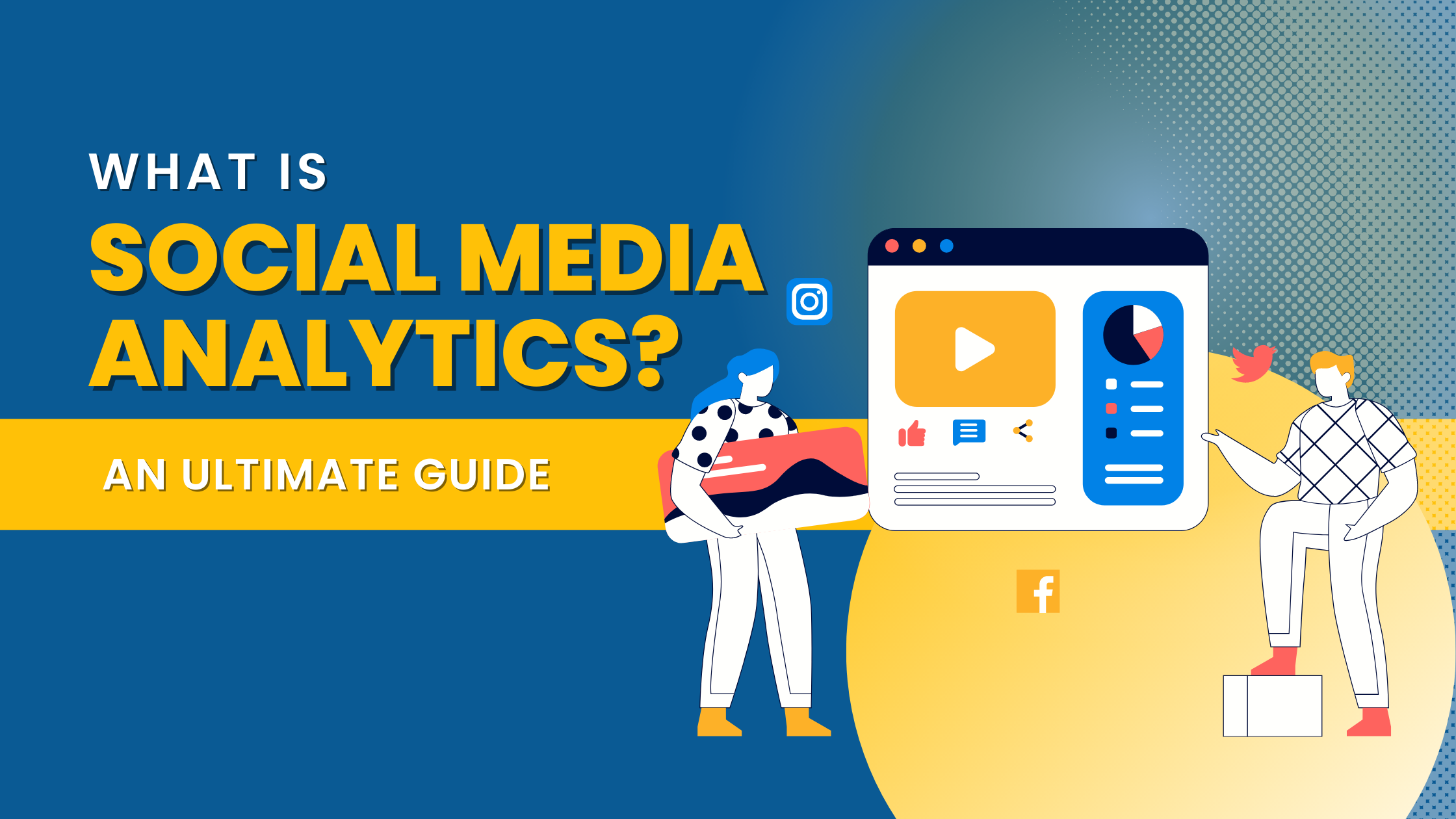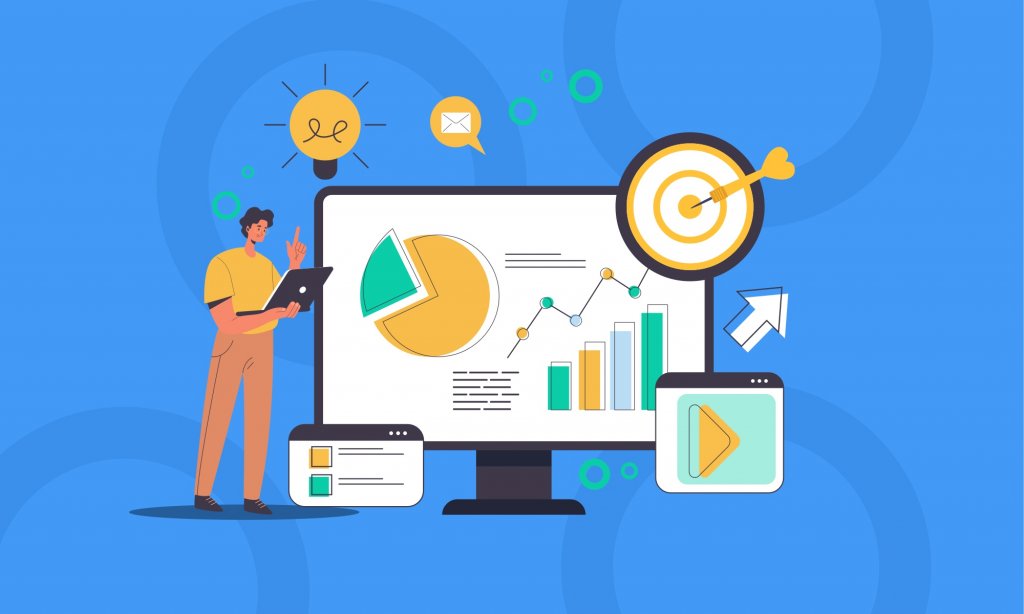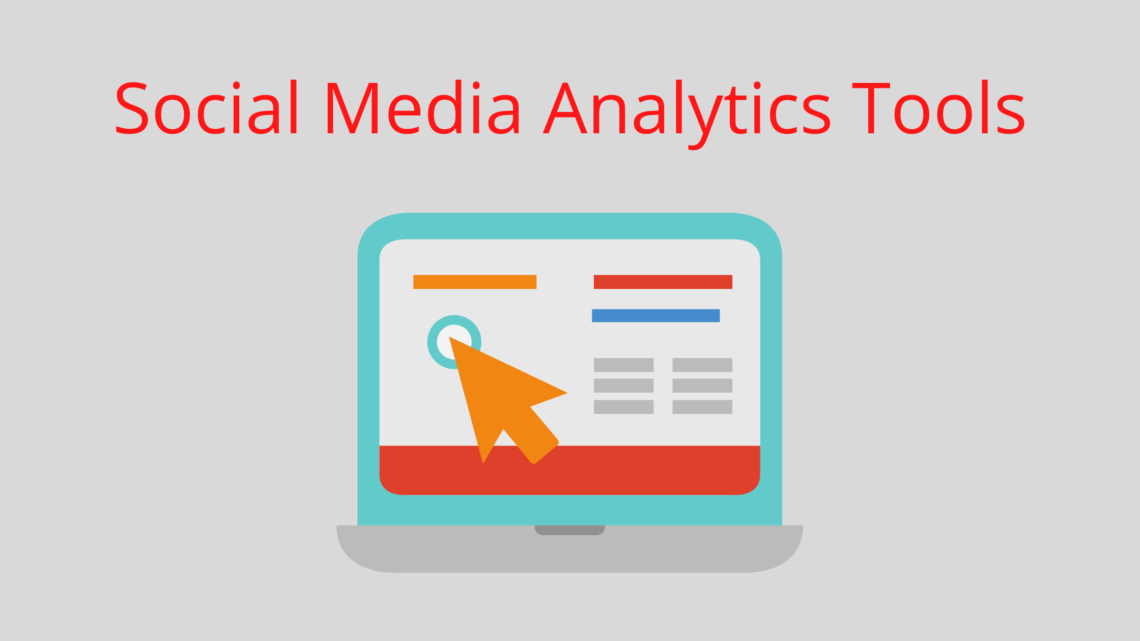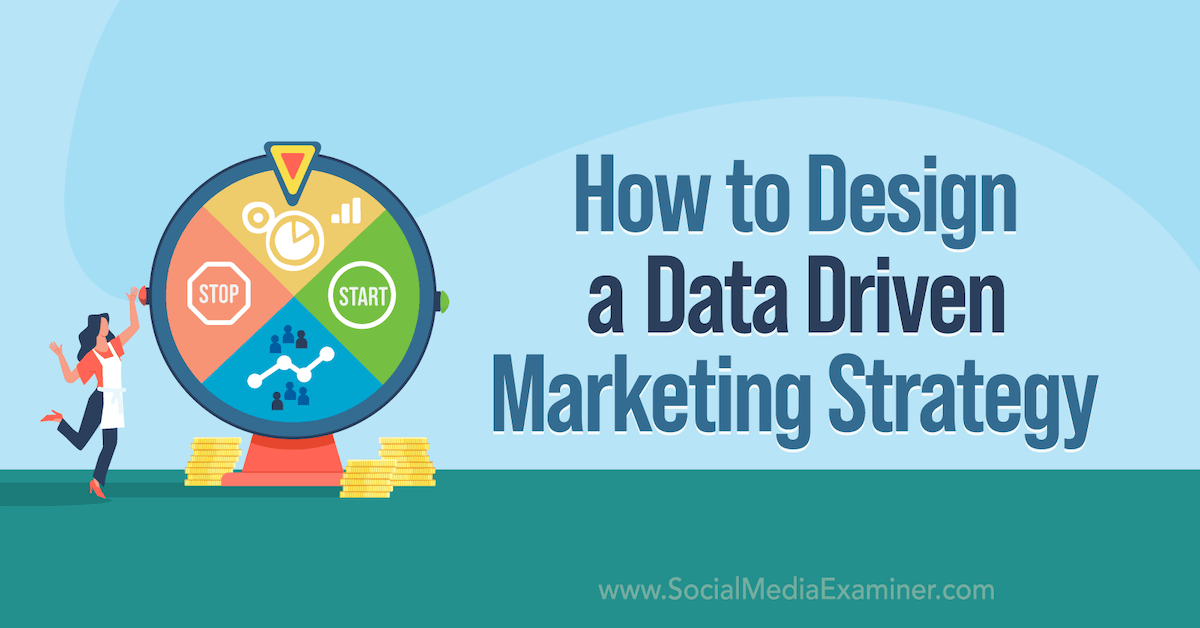






FAQs About Social Media Analytics
What is the main purpose of social media analytics?
The primary purpose is to collect and analyze data from social platforms to improve content strategies, understand audience behavior, and measure the effectiveness of marketing campaigns.
How often should I check my social media analytics?
It’s recommended to review your analytics weekly or monthly. Regular monitoring helps identify trends and adjust strategies promptly.
Which social media platforms have built-in analytics tools?
Popular platforms like Facebook, Instagram, Twitter, LinkedIn, and YouTube offer their own analytics tools tailored to their features and audience.
Can small businesses benefit from social media analytics?
Absolutely. Analytics helps businesses of all sizes optimize their strategies, reach target audiences more effectively, and achieve better ROI.
What is the difference between reach and impressions?
Reach refers to the number of unique users who have seen your content, while impressions count how many times your content has been displayed, regardless of user interaction.
Are free analytics tools effective?
Yes, free tools like Facebook Insights or Google Analytics can provide valuable data. For more advanced features, businesses may consider investing in paid tools.
How do predictive analytics help in social media?
Predictive analytics uses historical data and AI to forecast future trends, audience behavior, and potential campaign outcomes, enabling better planning and decision-making.
What are common mistakes to avoid when using social media analytics?
Avoid focusing on vanity metrics alone, neglecting to align analytics with goals, and failing to analyze data consistently. A strategic approach ensures actionable insights.